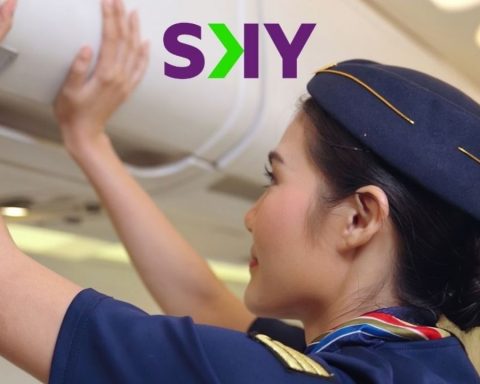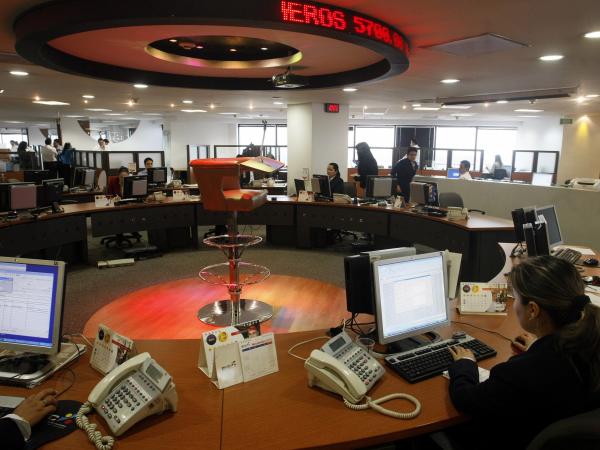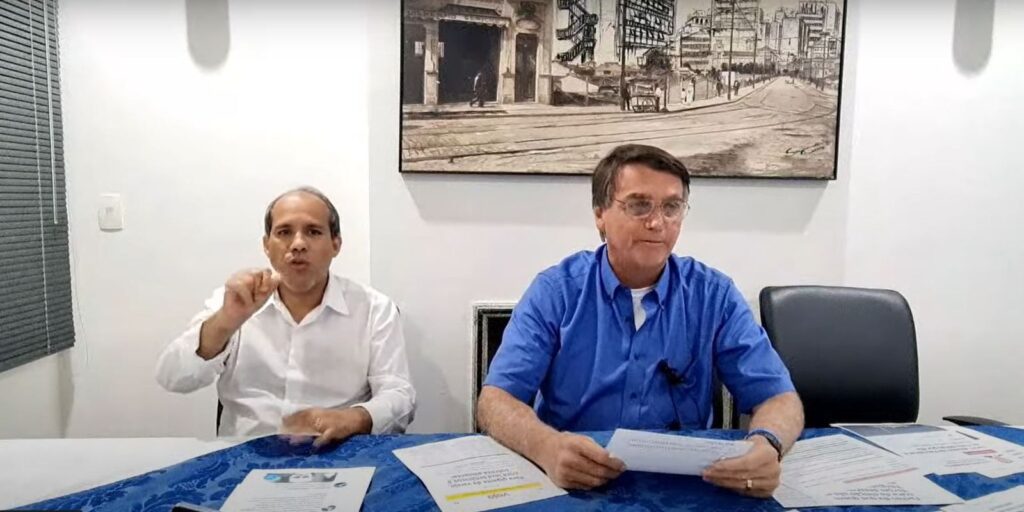To support the labor inclusion of people with disabilities in Chile, a group of researchers from the University of La Frontera (UFRO) led by the Dr. Cecilia Bastías Parraguézan academic from the Department of Social Work at UFRO, developed the scientific-technological project called the Multidimensional Integrated Model for the Labor Inclusion of People with Disabilities in Chile, which includes a technological platform that evaluates and recommends people with disabilities in certain job positions.
The system, which was developed in association with the Catholic University of Temuco (UCT), allows assistance to the labor intermediation process of people with disabilities who are looking for work, facilitating their access to the labor market under equal conditions.
About, Fabiola Vasquezcoordinator of the UFRO Technology Transfer Unitanticipated that “On May 26, 2022, we will announce the first results through a dissemination seminar in which the scientific community, associated entities, collaborators, and actors of the labor intermediation ecosystem will participate. We took a big step, however, we hope to continue promoting this platform through new projects along the same lines”.
Inclusion Law
With the next entry into force (in November 2022) of Law 21,275 that modifies the Labor Code, the relevant companies will be required to adopt measures that facilitate the labor inclusion of workers with disabilities. In this way, more than 7,000 companies throughout Chile will have to reinforce their labor inclusion programs and training plans. This is added to the enactment of Law No. 21,015 in 2017, and its implementation on April 1, 2018, which seeks to encourage the inclusion of people with disabilities in the world of work.
Despite these regulations, the results have been scarce and have been affected by multiple factors, yielding compliance that does not exceed 33.4% of the incorporation quota of 1% of the workforce in companies with more than 100 workers.
To support this process, the UFRO academic, Cecilia Bastiasstates that “The technology that we developed called SWIS (SmartWorkInclusive System), considers the design of specific functionalities that allow recommendations of candidates, based on a profile made up of a functional evaluation and a psychosocial evaluation, whose instruments have been carefully selected and validated during the development of the research.
In addition, specific parameters are incorporated that complement the profile, allowing a recommendation to be made that facilitates the match with certain job offers. The platform is part of the Model so that, as a whole, the product is protected against INAPI as a mixed MIL-SWIS brand (Labor Inclusion Model-SmartWorkInclusive System).
The product has a level of technological maturity TRL3, that is, it is a prototype that is expected to continue improving. The technology is aimed at public institutions of the State that make decisions regarding the labor inclusion of people with disabilities, private sector companies and the entire existing labor intermediation ecosystem in Chile”.
In addition to Dr. Bastías, the team is made up of researchers Luis Vasquez, Pablo Valenzuela, Samuel Sepulveda, Ivan Diaz, Karina Gomez Y Horace Miranda, who devised this project considering a series of relevant data on disability. Among them, it stands out that in Chile 2,836,818 people aged 2 and over are in a situation of disability (16.7% of the country’s population), that the Law of Labor Inclusion of people with disabilities implied a great demand for companies, institutions and services with 100 or more workers, and that the parameters and instruments currently applied in the labor intermediation processes for people with disabilities require updating.
Among the main milestones of the initiative is the structuring of a digital manual for measuring the job performance of people with disabilities in Chile and also the aforementioned SmartWorkInclusive System (SWIS) technological prototype.
The next step will be to validate the platform on a larger scale to advance in the level of technological maturity and make its results available for public use, generating licenses and commercial agreements that enhance the development of the initiative, with the objective of transferring results to efficiently support the processes. labor intermediation.


















